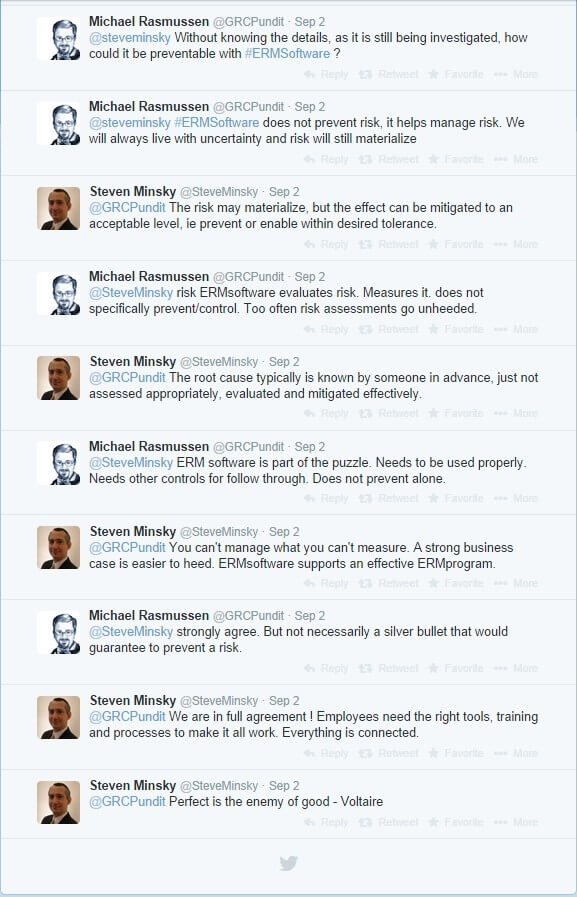Curated From Risk Management Monitor.
From robbing their own store, to faked deaths, to slip-and-fall claims, to more gruesome crimes, scammers have gone to great lengths to collect insurance. In the U.S. this amounts to about $40 billion per year, according to the Federal Bureau of Investigation—at a cost of $400 to $700 per year, per family, in increased premiums.
According to the U.S. Department of Financial Services, there were 377 arrests made for fraud in 2011; 356 in 2012 and the number





